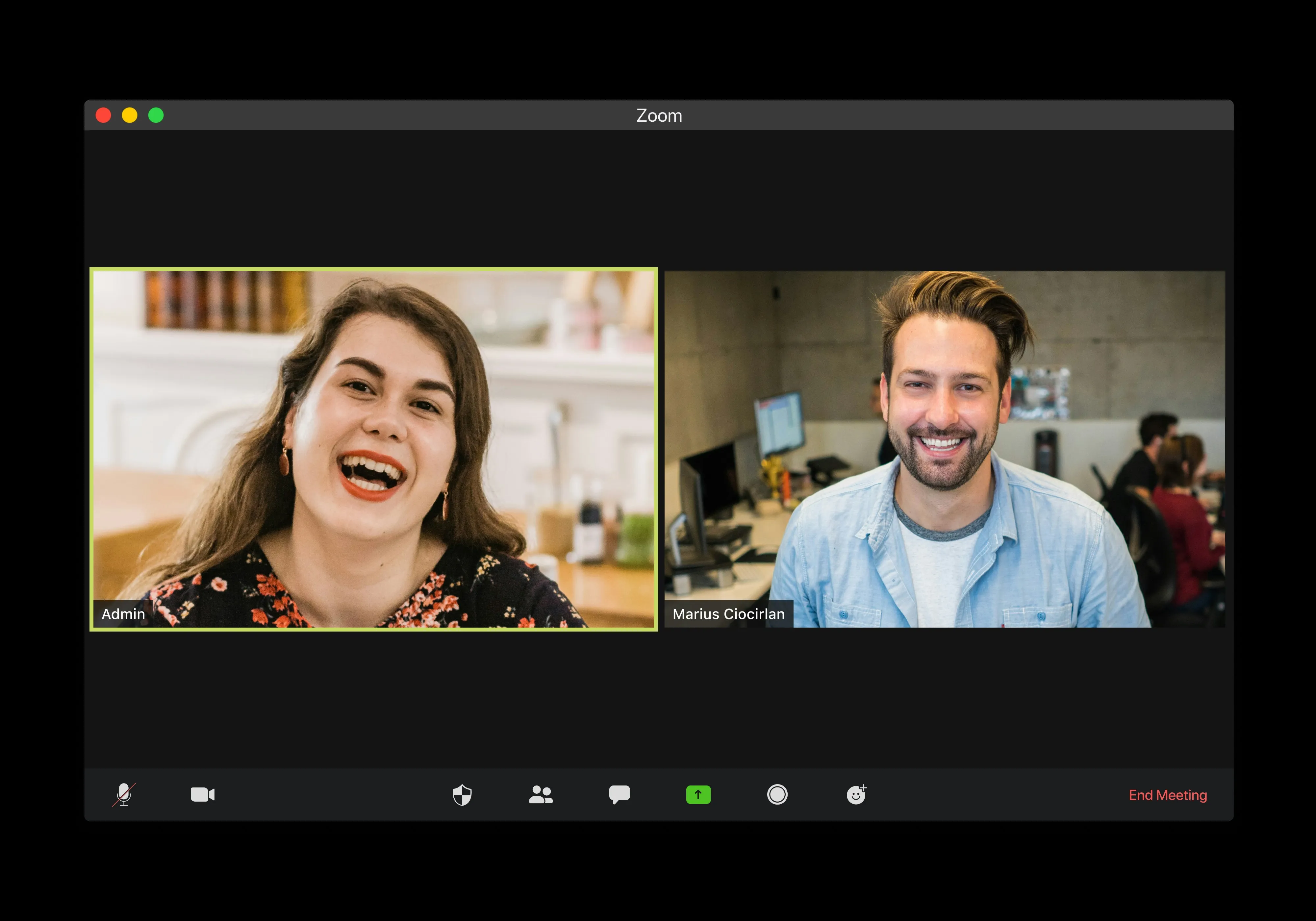In today’s ultra-competitive market, launching a new product is both an exciting opportunity and a major operational challenge — especially if you're working with a limited budget and no internal team to execute it.
But here’s the good news: thanks to modern collaboration tools, flexible talent platforms, and global delivery models, you no longer need a full in-house team to go from idea to product launch.
This guide will show you how to launch your product lean, without cutting corners — and how platforms like Unbench can help you build an external team that gets it done.
Why You Don’t Need an In-House Team to Launch Anymore
Traditionally, companies hired developers, designers, marketers, QA engineers, and project managers in-house before they even began building their MVP. That model is expensive, slow, and high-risk — especially for startups or innovation teams inside larger orgs.
Today, lean teams win by:
- Hiring specialists or teams on-demand
- Outsourcing delivery to trusted subcontractors
- Using contract-based or freelance talent to reduce overhead
- Working through remote platforms like Unbench to skip the search phase
The bottom line? You can launch faster and cheaper — without sacrificing quality.
Step-by-Step: How to Launch a Product on a Budget Without a Full-Time Team
1. Define Your Core Product Vision (Not the Whole Roadmap)
Start by identifying the problem you're solving, and define the minimum viable product (MVP) you need to validate your idea.
📌 Focus on:
- Core features (must-haves, not nice-to-haves)
- Target users and their pain points
- Success metrics (adoption, retention, conversions)
Avoid overengineering. A focused MVP is easier — and cheaper — to build with a lean external team.
2. Decide What Roles You Actually Need
If you're not hiring in-house, you need to be strategic about what talent to bring in — and for how long.
Here’s a typical breakdown:
.webp)
To launch a product with no in-house team, you don’t need to hire everyone full-time. Most companies only need short-term access to critical specialists, including a product manager, UX/UI designer, and a few engineers to handle frontend and backend development. You can also bring in a QA specialist and a growth marketer on a flexible or part-time basis. This modular approach to building teams reduces cost and gives you room to scale up or down depending on your launch stage.
Use Unbench to post a request and get matched with individuals or ready-made teams who already cover all these roles.
3. Work with Agencies or Remote Teams (Instead of Hiring 5 Freelancers)
Managing five different freelancers with conflicting time zones and workflows is a recipe for delays.
That’s why many companies opt to work with vetted agencies or complete delivery teams — either through subcontracting or fixed-scope contracts.
While hiring individual freelancers can work for isolated tasks, it's often more efficient to work with ready-made teams for end-to-end delivery. These teams already have established workflows, communication norms, and technical alignment, reducing the risk of delays and rework. On Unbench, many subcontracted agencies come with complete delivery capabilities — including development, design, QA, and project coordination — so you don’t need to manage everything yourself.
With Unbench, you can:
- Post a request
- Specify your budget, timeline, and preferred model (direct hire or subcontract)
- Get matched with teams who’ve built similar products before
This reduces coordination risk and puts project management in trusted hands.
.webp)
4. Use Time-Boxed Sprints and Lean Project Management
Once your team is assembled, work in 1- to 2-week sprints using lean PM methodologies like Scrum or Kanban.
Best practices:
- Use Trello, Notion, Jira, or Asana to manage tasks
- Define sprint goals and demo days
- Review progress weekly — and pivot fast if needed
Most Unbench teams are already trained in agile delivery, so you skip onboarding and go straight to execution.
5. Focus Your Budget on Delivery — Not Meetings and Overhead
One of the biggest benefits of not having an in-house team is cost efficiency — but only if you stay lean.
Here’s how to optimize your budget:
.webp)
When launching on a budget, it’s crucial to know where to invest. Focus your limited resources on development hours, design output, and automated QA processes. These are the core activities that directly impact your product’s functionality and usability. On the other hand, avoid unnecessary overhead like hiring full-time coordinators or running large branding campaigns too early. Lean teams succeed by spending smart and iterating fast.
Platforms like Unbench eliminate overhead like recruiting fees, long procurement cycles, and idle bench time.
6. Launch, Learn, and Iterate Fast
Once your MVP is live, track early performance, gather feedback, and loop it back into the next sprint.
Measure:
- User activation (who signs up and uses it?)
- Friction points (where users drop off?)
- Value moments (what features matter most?)
Most Unbench teams are happy to stay on for iterative improvements — or hand off cleanly once you've validated.
Case Study: How a SaaS Founder Launched With Just $15K
A B2B SaaS founder from Berlin had a product idea but no in-house team. He used Unbench to:
- Find a vetted agency with React/Node expertise
- Work with a part-time PM and UX designer
- Launch a working MVP in 7 weeks, under $15K
"I saved months and thousands of euros by skipping hiring and working with a team that already had chemistry."
Recommended Tools for Budget-Conscious Product Launches
Choosing the right tools helps lean teams ship products without burning cash. Use lightweight but powerful platforms like Notion or Trello for project management, Figma for collaborative design, and GitHub for version control and testing. Combine that with tools like Hotjar or Amplitude to gather user insights post-launch. By integrating these tools into your workflow — and sourcing talent via Unbench — you can move fast while keeping your stack efficient and affordable.
Tool stack for lean teams:
.webp)
Why Companies Use Unbench to Build Products Without an Internal Team
Unbench isn’t just a talent marketplace — it’s a bridge between your product idea and the team that can deliver it.
- Find specialists or full teams, vetted and ready to work
- Choose between direct hires or subcontractors
- Get results fast — no headcount, no delays, no hiring risk
- Post your request and start seeing matches within 24–48 hours
Whether you're a startup founder, solo operator, or innovation lead inside an enterprise, Unbench helps you launch lean — without sacrificing execution quality.
Final Thoughts: You Don't Need to Build Alone
Product launches are no longer limited to big-budget companies with internal teams and runway to spare.
In 2025, speed, flexibility, and access to global talent are what set successful launches apart.
So if you have the vision, but lack the people — stop delaying. Platforms like Unbench let you tap into top-tier talent, without long-term commitments.
Ready to build smarter?









.jpg)

